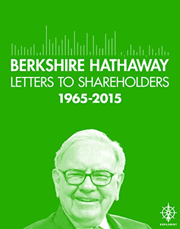 At the bottom of the Berkshire Hathaway 2016 Annual Report, you may not have noticed that Warren Buffett republished a previous article from the 2005 annual report titled “How to Minimize Investment Returns”. A version become the first chapter (find it here) of The Little Book of Common Sense Investing by Jack Bogle. I am jumping on the bandwagon and republishing this 2007 blog post below as well. 🙂
At the bottom of the Berkshire Hathaway 2016 Annual Report, you may not have noticed that Warren Buffett republished a previous article from the 2005 annual report titled “How to Minimize Investment Returns”. A version become the first chapter (find it here) of The Little Book of Common Sense Investing by Jack Bogle. I am jumping on the bandwagon and republishing this 2007 blog post below as well. 🙂
It’s both a highly recommended parable and it comes at the perfect price of free. Read it if you haven’t already.
Original post:
I just watched the Will Smith movie The Pursuit of Happyness this weekend. I found it ironic that he really didn’t change job types when he joined Dean Witter. Mr. Gardner started out a salesman, and ended up a salesman. But by managing to change his product to financial services, he turned his tenacity and people skills into millions of dollars.
Why is financial services such a lucrative field? This reminded of an excerpt that I had saved from Warren Buffett’s 2005 Letter to the shareholders of Berkshire Hathaway. Although a tad on the long side, I think it provides an excellent “big picture” view of investing the the stock market.
 Fidelity Investments has announced their online stock and ETF trades will now cost $4.95, down from $7.95 previously. The
Fidelity Investments has announced their online stock and ETF trades will now cost $4.95, down from $7.95 previously. The 
 A while back I did a post on
A while back I did a post on 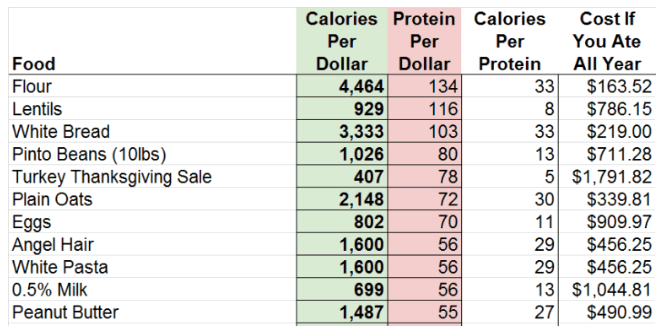
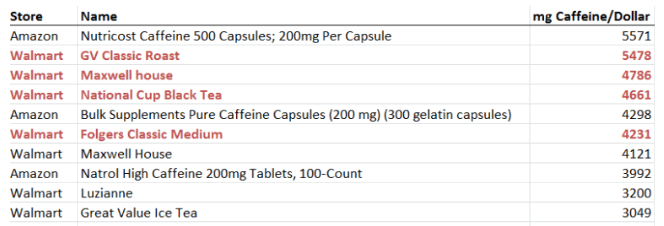
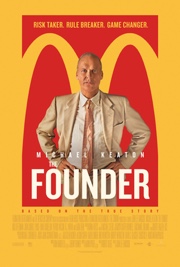 There’s a new movie out about Ray Kroc and McDonald’s called
There’s a new movie out about Ray Kroc and McDonald’s called 
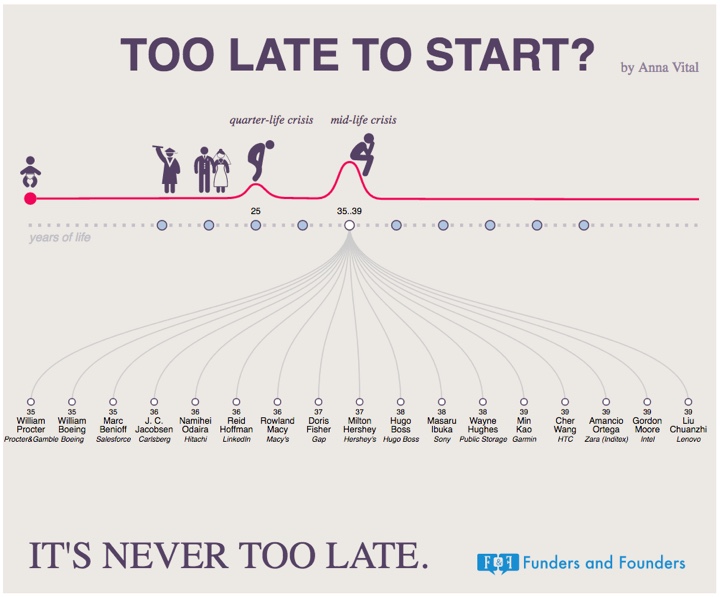
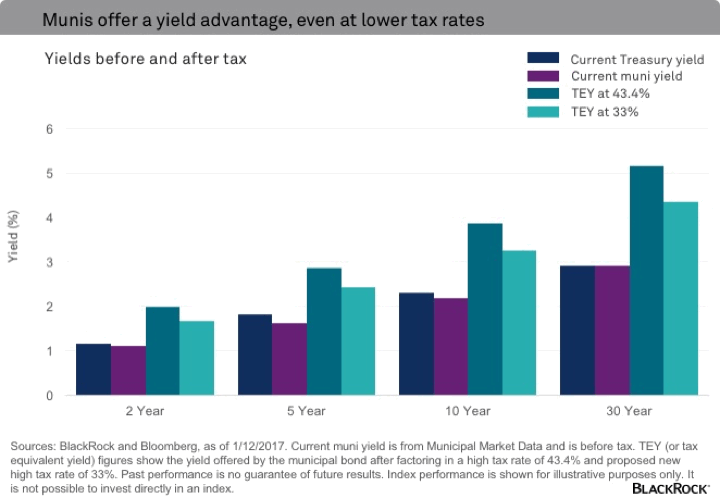
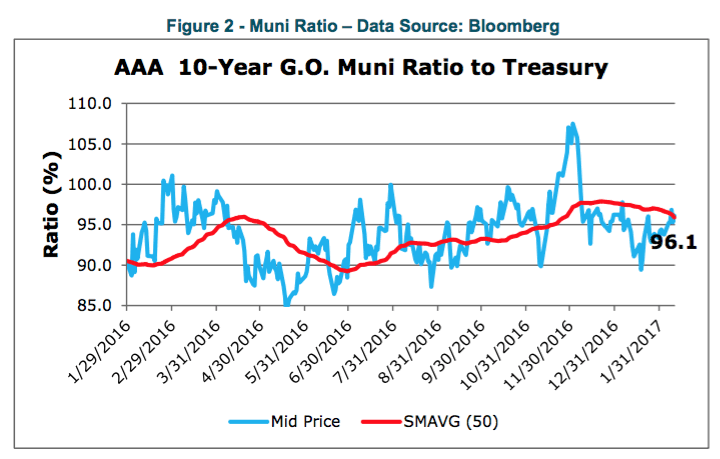
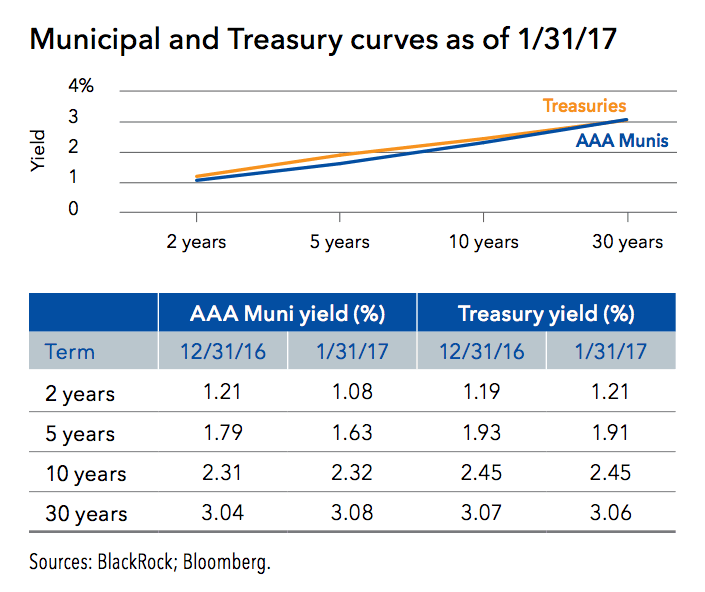
 While listening to a
While listening to a  Update – This offer is now EXPIRED
Update – This offer is now EXPIRED To get the full return of any asset class, you’ll have to own it through the good times and the bad times. The good times are easy, but getting through the bad times requires deeper understanding and faith. You’ll usually hear this about holding stocks through their inevitable drops and crashes. But recently, many bond funds have dropped in value instead. Here’s a somewhat-reassuring chart from
To get the full return of any asset class, you’ll have to own it through the good times and the bad times. The good times are easy, but getting through the bad times requires deeper understanding and faith. You’ll usually hear this about holding stocks through their inevitable drops and crashes. But recently, many bond funds have dropped in value instead. Here’s a somewhat-reassuring chart from 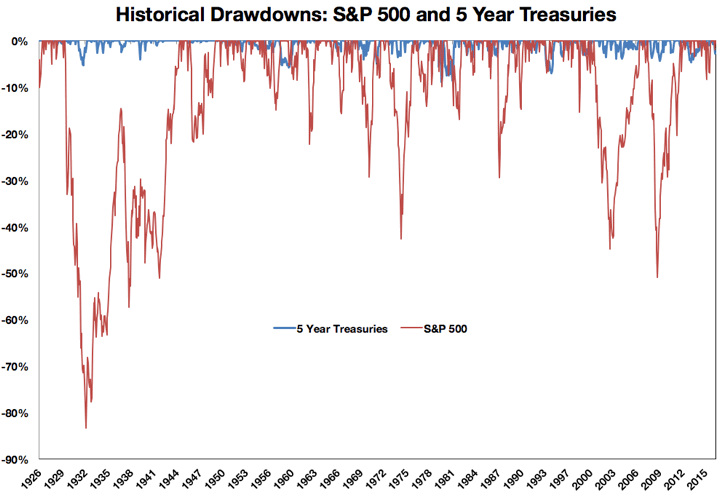
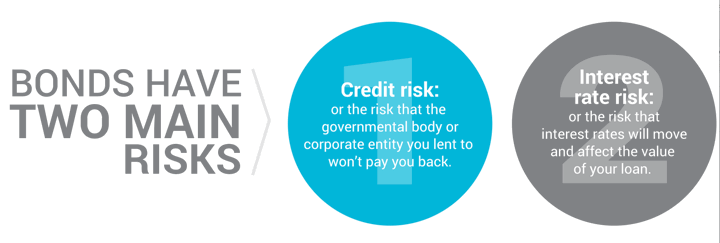
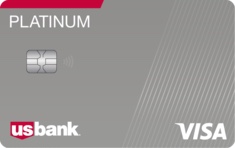
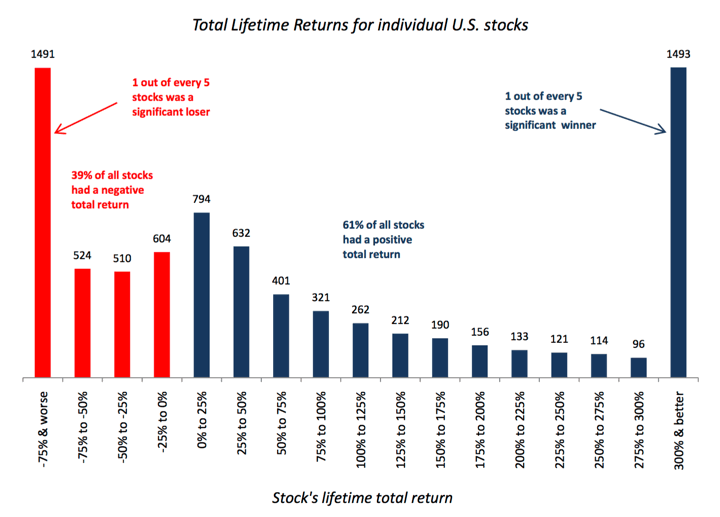
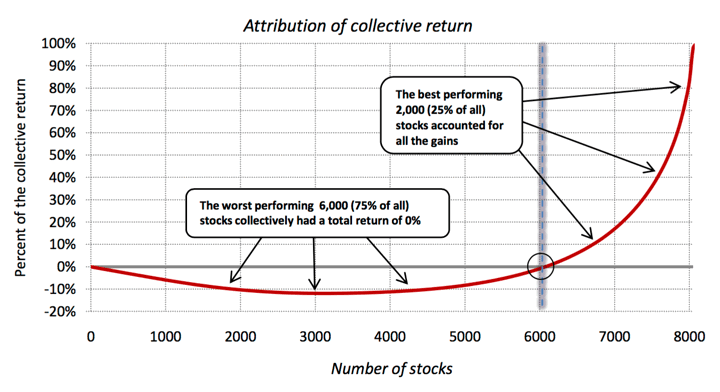
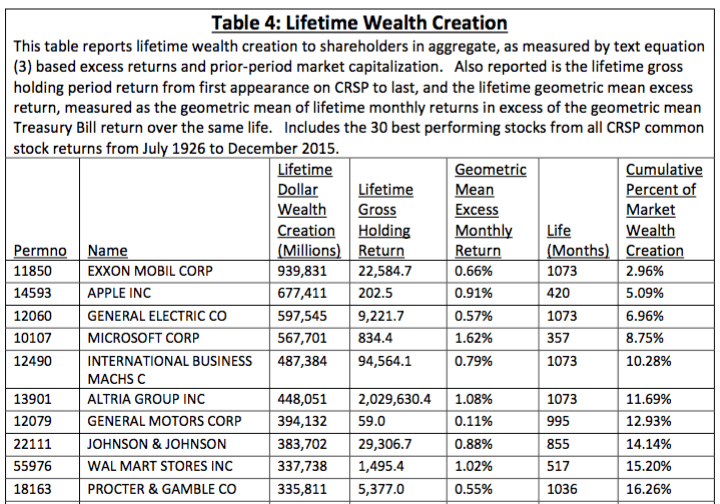
 The Best Credit Card Bonus Offers – March 2024
The Best Credit Card Bonus Offers – March 2024 Big List of Free Stocks from Brokerage Apps
Big List of Free Stocks from Brokerage Apps Best Interest Rates on Cash - March 2024
Best Interest Rates on Cash - March 2024 Free Credit Scores x 3 + Free Credit Monitoring
Free Credit Scores x 3 + Free Credit Monitoring Best No Fee 0% APR Balance Transfer Offers
Best No Fee 0% APR Balance Transfer Offers Little-Known Cellular Data Plans That Can Save Big Money
Little-Known Cellular Data Plans That Can Save Big Money How To Haggle Your Cable or Direct TV Bill
How To Haggle Your Cable or Direct TV Bill Big List of Free Consumer Data Reports (Credit, Rent, Work)
Big List of Free Consumer Data Reports (Credit, Rent, Work)